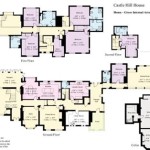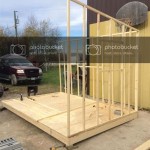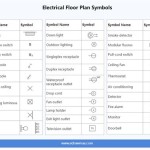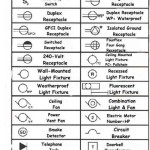Essential Aspects of House Floor Plans With Dimensions
A house floor plan with dimensions provides a blueprint for your home's layout and structure. It's an indispensable tool when planning renovations, additions, or simply understanding your home's space. Here are some essential aspects to consider when working with house floor plans with dimensions:
1. Scale and Accuracy
Ensure the floor plan is drawn accurately to scale, with measurements that correspond to the actual dimensions of your home. This accuracy is crucial for planning renovations or furniture placement, as incorrect measurements can lead to costly mistakes.
2. Measurements and Units
Pay attention to the units of measurement used in the floor plan. Most plans are drawn using imperial units such as feet and inches, but some may use metric units like meters and centimeters. Confirm the units used and make sure you're comfortable working with them.
3. Wall Thickness
Floor plans typically include the thickness of exterior and interior walls. This information is essential when calculating room sizes and planning for furniture placement or renovations that involve moving walls.
4. Doors and Windows
The floor plan should indicate the location, size, and swing direction of all doors and windows. This information helps you visualize the flow of traffic within your home and plan for furniture placement.
5. Fixtures and Appliances
Some floor plans include the placement of built-in fixtures and appliances, such as kitchen cabinets, sinks, toilets, and showers. This detail helps you visualize the functionality of each room and plan for renovations or replacements.
6. Ceiling Heights
Floor plans may indicate the ceiling height for each room. This information is important for planning lighting, furniture placement, and HVAC systems.
7. Roof Pitch and Slope
If the floor plan includes a roof plan, it will show the roof pitch and slope. This information is essential for planning roof repairs or renovations.
8. North Orientation
Many floor plans include a north orientation arrow. This helps you understand the direction your home faces, which can impact factors like natural lighting and energy efficiency.
9. Legend and Abbreviations
Floor plans often use symbols, abbreviations, and legends to represent different elements. Familiarize yourself with the legend to ensure you understand the plan correctly.
10. Digital vs. Printed Plans
Consider whether you prefer a digital or printed floor plan. Digital plans allow for easy editing and sharing but may require specialized software to view. Printed plans are more convenient for physical reference but can be challenging to modify.
Conclusion
House floor plans with dimensions are invaluable tools for understanding your home's layout and planning renovations. By paying attention to the essential aspects discussed above, you can ensure accuracy and efficiency in your planning and decision-making.

12 Examples Of Floor Plans With Dimensions

How To Read A Floor Plan With Dimensions Houseplans Blog Com

Amazing Beautiful House Plans With All Dimensions Engineering Discoveries Create Floor

How To Read A Floor Plan With Dimensions Houseplans Blog Com

Floor Plans With Dimensions Including Examples Cedreo

Floor Plan With Dimensions Guide To Drawings Small House Blueprints Design Pictures

House Plans How To Design Your Home Plan

How To Properly Read Floor Plans And What Details Look For

A Floorplan Of Single Family House All Dimensions In Meters Scientific Diagram

Floor Plans Of The Log House All Dimensions In Cm Scientific Diagram








